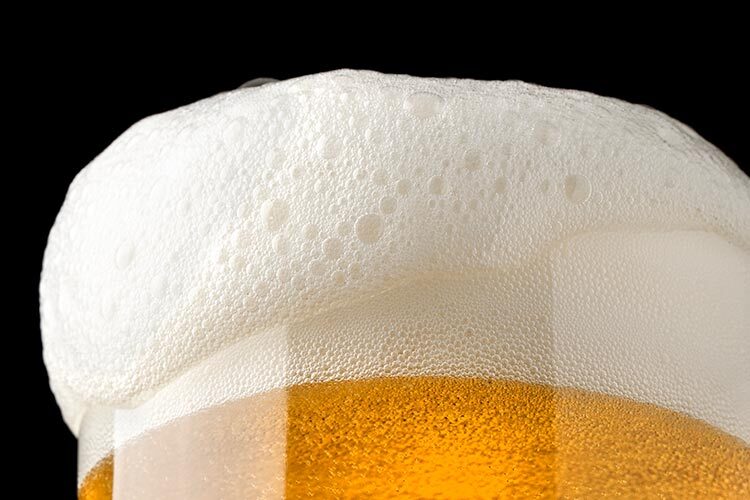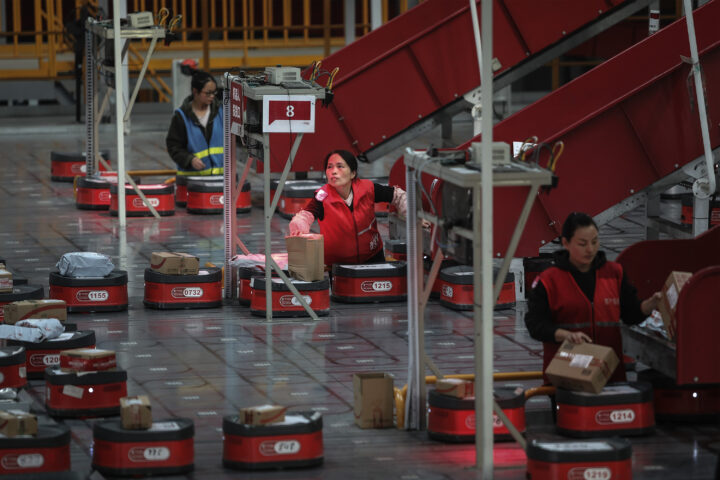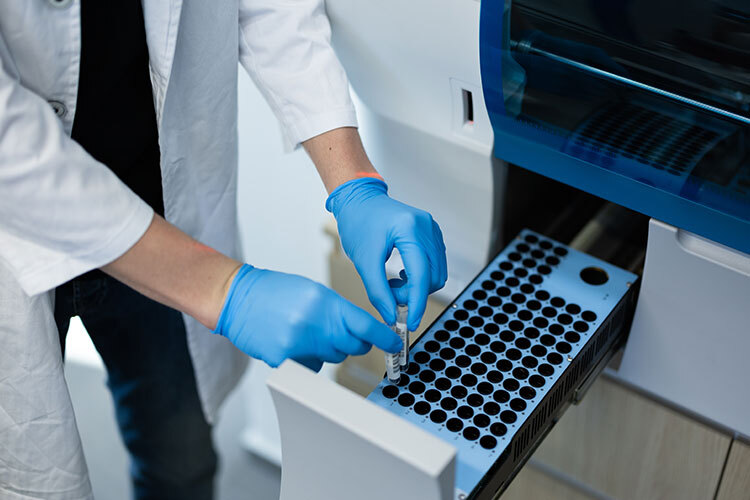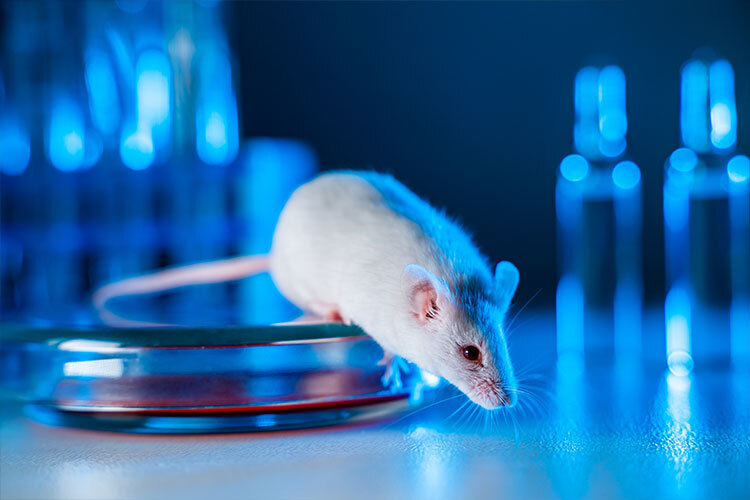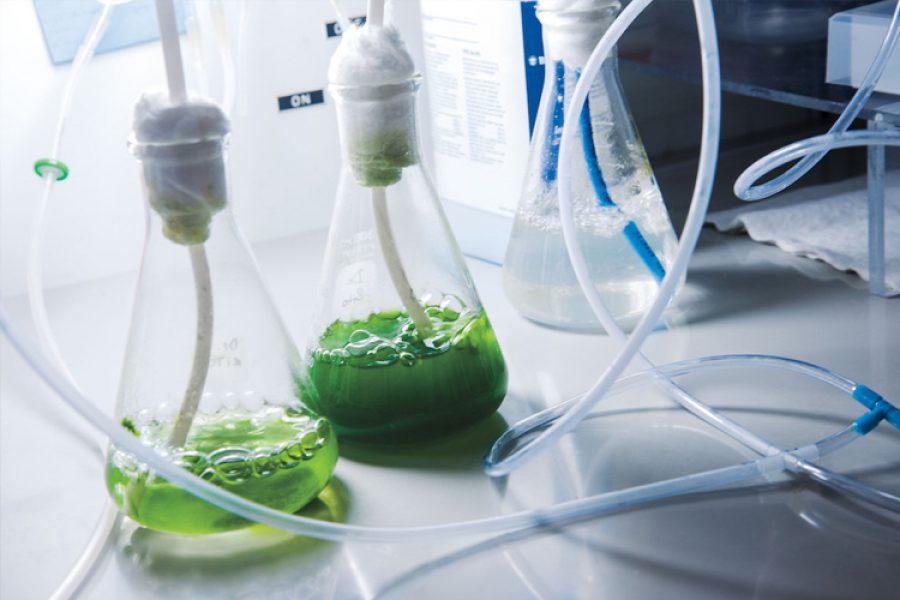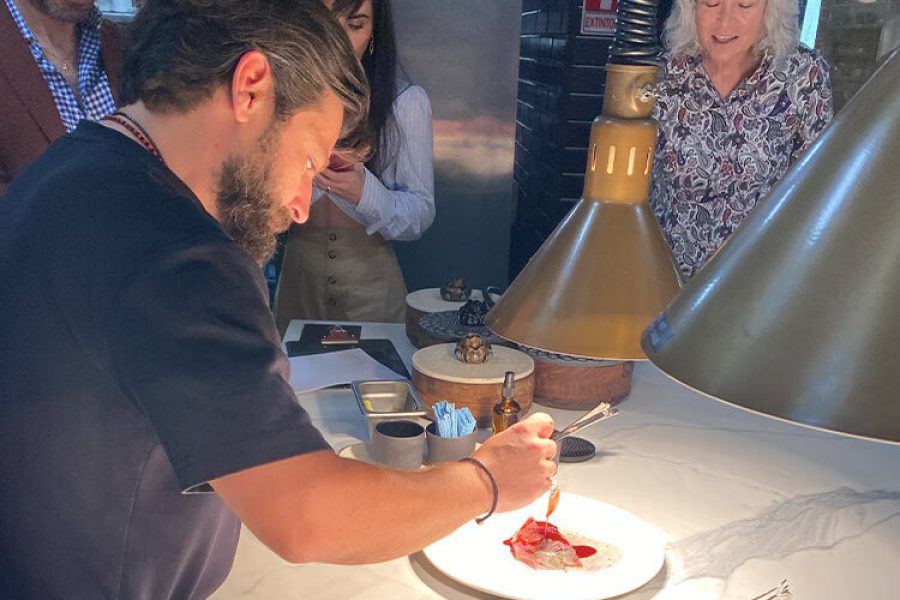Is it possible to add probiotics to beer? A team of researchers from the Tec de Monterrey has developed a fermented hop and barley beverage, enriched with these beneficial bacteria, with the aim of offering a new product in the beer market that could also potentially be healthy for those who drink it.
This is a type of Sour beer, which the scientists managed to enhance with probiotics (lactic acid bacteria) that showed resistance to both ethanol (alcohol) and hops.
Probiotics are live microorganisms commonly found in fermented foods like cheese and yogurt, and are known for their health benefits, particularly for gut health. However, it is difficult for them to survive in beer because hops have antibiotic properties and alcohol is naturally antimicrobial.
Tomás García, a researcher in Biotechnology applied to food characterization and development, tells TecScience that similar probiotic beverages already exist in the market. However, their probiotic effect hasn’t been proven, or they lack the necessary hops or alcohol to be considered beer, at least in Mexico.
“These drinks, if you look at their composition, don’t contain hops, which makes it easier for these microorganisms to survive. Alcohol is a problem, but the biggest challenge is the hops, because it’s a fundamental and mandatory ingredient required by Mexican legislation,” explains García, a professor at the School of Engineering and Sciences.
Probiotic Bacteria Added to Beer
The researchers studied 21 strains of probiotic lactic acid bacteria to see if they could survive the conditions of the beer-making process, such as ethanol, hops, CO2 levels, and pH, among other factors.
Tomás explains that the study identified five strains that showed resilience, and from these, they were able to characterize their probiotic potential. For each strain, beer models were created to analyze their performance and viability, as well as the unique flavors they imparted when added.
They chose to test with a Sour beer because it has low hop content; in other beer styles, the pH would drop due to the bacteria’s metabolism, potentially affecting the composition.
The amount of hops in beer is measured in what the brewing world calls IBU (International Bitterness Units), which determines the beer’s bitterness. “We tested different concentrations and had to reduce it to the minimum, but we still have to include hops to legally call it beer,” Tomás explains.
On average, commercial beers consumed in Mexico have between 15 and 22 IBUs, while the researchers’ beer has only 2, meaning it has a very low bitterness level.
Furthermore, to ensure the bacteria’s survival, they developed a process where the bacteria are added after alcoholic fermentation. This way, they avoid competition with the yeast and preserve the distinct flavors.
Combining Probiotic Properties of Bacteria and Yeast
Carlo Hinojosa, a researcher on the project, explains that microorganisms can be added before or after fermentation, but this can affect the flavor of the final drink.
“We decided to first have the beer ready with alcohol. We carry out alcoholic fermentation and then introduce the probiotic bacteria in a low concentration so they can grow and multiply. This way, we use the beer as a cultivation medium to get as many probiotics as possible,” Carlo says.
In the industry, probiotic bacteria can be purchased in a dehydrated form, as a powder that dissolves into the wort during the brewing process. Alternatively, microorganisms can be cultured from a vial for samples, where they can remain frozen.
In addition to the bacteria, the team also uses a type of yeast classified as probiotic, which is different from the yeast commonly used in commercial beer production.
“We can say that the beer we developed is doubly probiotic because it has a high concentration of bacteria with these properties, along with this other yeast called Saccharomyces boulardii, which also has probiotic characteristics,” adds Tomás.
The Challenge of Bringing Probiotic Beer to Market
In addition to the usual tests conducted during beer development—such as physical and chemical properties, pH levels, aromatic compounds, foam production, and antioxidant content—the researchers also ran simulations to determine how many of the bacteria consumed by a person can survive long enough to reach the intestines.
To verify their findings, they collaborated with experts from Cervecería Cielito Lindo, where they compared the properties of their probiotic beer with others in the craft beer market.
Furthermore, during the brewing process, they analyzed whether the chosen bacteria were safe for the end consumer, says Carlo. Although all the bacteria are lactobacilli, they come from different strains, each contributing a unique flavor, color, and foam to the beer.
“It’s great to have a beer that’s packed with probiotics, but if no one likes it, it’s useless in the market. Our goal is to bring it to consumers with a new flavor they’re not used to in Mexico, and with the added benefit of probiotics,” adds the researcher.
“Mexican beer is already well-positioned in the global market,” says Carlo, “so adding probiotic qualities could be an added bonus for consumers—something they might not have expected to find in this type of product.”
Thinking about the end users, the team is considering a standard 350-milliliter bottle for the beer’s presentation. Although they believe the concentration of microorganisms is high, further testing is needed to determine if this amount is enough to deliver the full benefits of the probiotics.
Currently, the researchers have results from in vitro tests, but animal and human studies are still needed to confirm whether the beverage has the desired effect. Additionally, once the food’s properties are validated, it will be important to understand how it behaves on an industrial scale.
Did you find this story interesting? Would you like to publish it? Contact our content editor to learn more at marianaleonm@tec.mx
